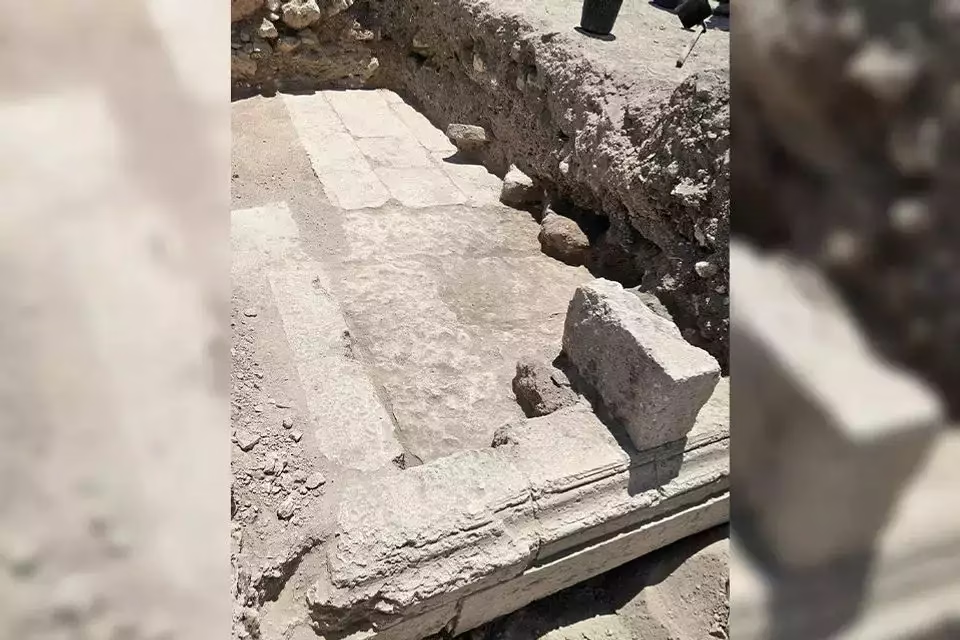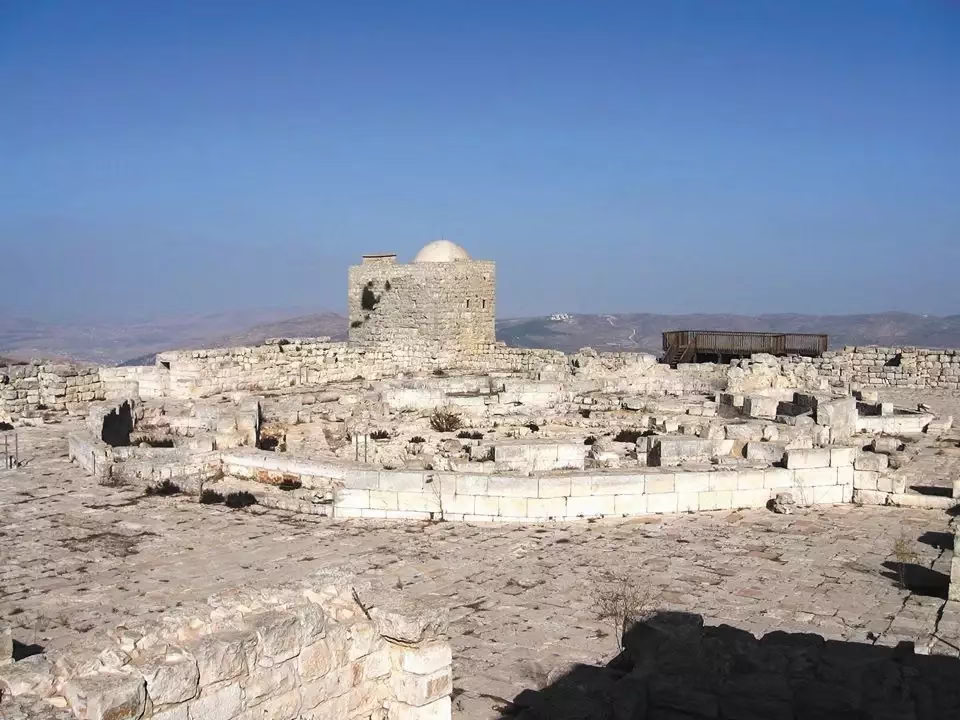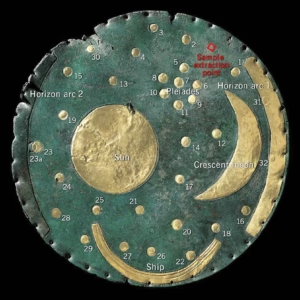Sebastia, West Bank – After nearly a century of silence, the ancient city of Sebastia is once again revealing its secrets. A new archaeological excavation led by Israeli experts is uncovering remarkable remains that shed light on the lost grandeur of Samaria, once the capital of the biblical Kingdom of Israel.
Just two weeks into the project, the team has already unearthed a ceremonial stone-paved road that once led from the city center to its main gate. The road is lined with ornate columns—architectural remnants of the Herodian period that highlight the area’s historic significance.
One of the most striking discoveries is a decorated stone base, believed to have supported a major monument near the city’s entrance. While the monument itself has not survived, archaeologists suggest it could have marked a grand gate to a temple or tower complex.
These excavations are the first comprehensive effort in Sebastia in over 100 years, following Harvard University’s pioneering work more than a century ago. Since then, much of the site had been buried under debris and left in neglect.
Renewed interest in the site was sparked after reports of repeated vandalism in 2023. In response, the Israeli government allocated 30 million shekels (approximately $8.5 million) to develop Sebastia into a leading heritage and tourism destination, using Herodium’s successful transformation model as a blueprint.

Currently, visitors can only access the site during pre-arranged events. However, the goal is to make Sebastia a fully accessible archaeological park capable of hosting hundreds of thousands of visitors annually.
Israeli Heritage Minister Amichai Eliyahu praised the project’s progress, saying, “Sebastia is one of the most important sites in our national and historical heritage. The resources we’ve invested are already bearing fruit in preserving the glory of ancient Samaria.”
Archaeology officer Benjamin Har Even described the project as a multi-layered effort: “We are working to preserve, develop, and open historical sites across Judea and Samaria, ensuring the heritage of all people is passed on to future generations.”
The revival of Sebastia is more than a scientific milestone—it’s a cultural reconnection with a site that once stood at the heart of a civilization.
Cover Photo: Judea and Samaria/Tour Shomron




